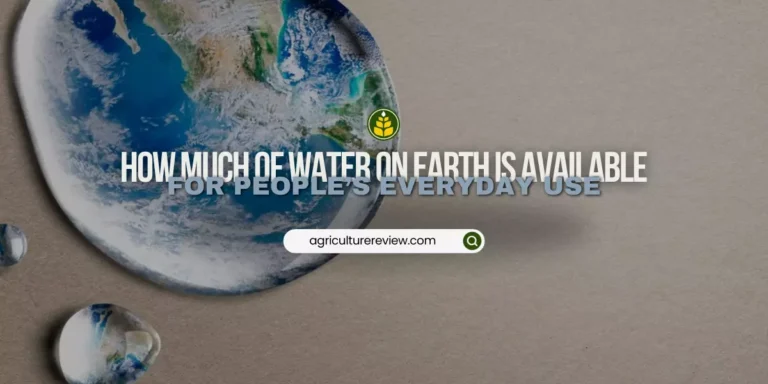In western Australia the world’s largest plant growing under water has been discovered by scientists. They believe that the plant is around 4,500 years old and spread up to 180 Kilometers. A study was published in Proceedings of the Royal Society B, the plant, discovered at Shark Bay, is a single clone of “Posidonia australis” seagrass. It is also known as fibre-ball weed or ribbon weed and is the largest and oldest known clone on Earth.

This plant usually propagates through vegetative methods such as from rhizomes and the growth rate of its rhizome is 35 centimeters per year. IUCN has listed this species as “near threatened.” Seagrasses play a vital role in improving water clarity and reducing coastal erosion. Roots of seagrass help in stabilizing ocean sediments.
Researchers believe that seagrass originated from terrestrial plants that migrated back to the ocean around 70 to 100 million years ago. Three independent seagrass lineages: Hydrocharitaceae, Cymodoceaceae complex, and Zosteraceae originated from a single lineage of the monocotyledonous flowering plants.
But, it was quite surprising for scientists when they discovered the world’s largest plant as well as organism “Posidonia australis” seagrass in Australia is about 4,500 years old. How could an organism grow and survive for so long on this planet?
But, that’s the beauty of nature, it is filled with quests and discoveries that again make us think, What could be next?





